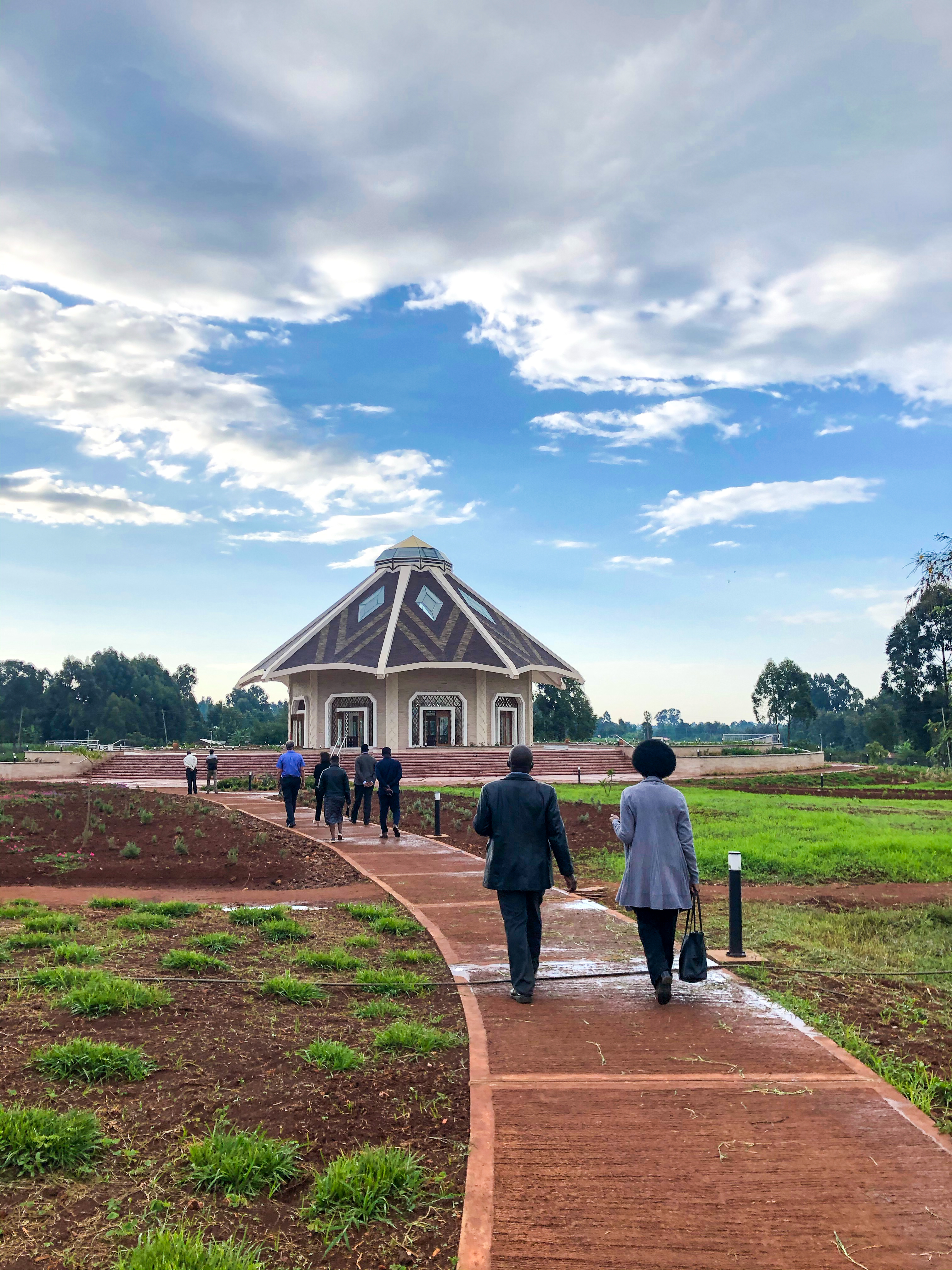Kenya
Le premier temple bahá’í local en Afrique ouvre ses portes
Les habitants de Matunda Soy, au Kenya, célèbrent l’inauguration d’un temple local qui est un « signe d’unité ».
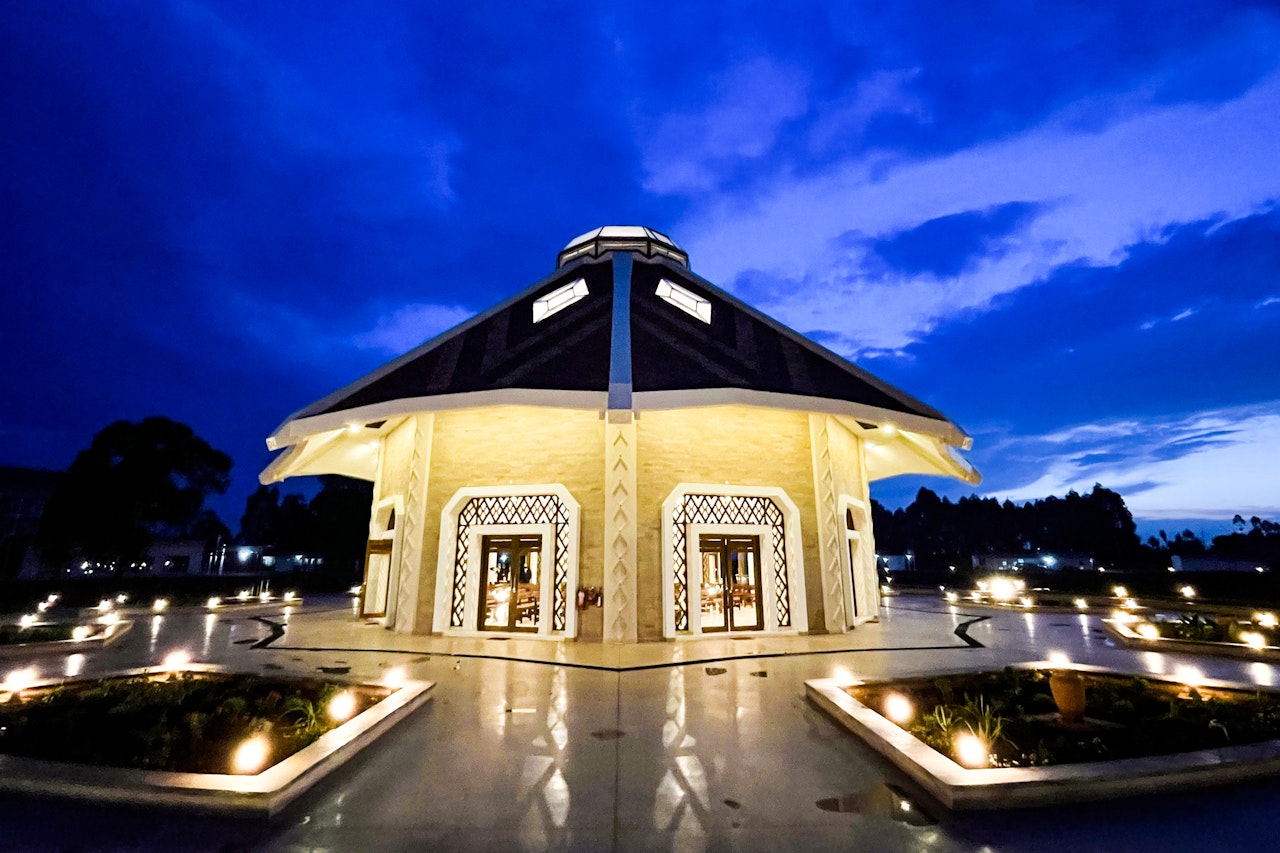
Les habitants de Matunda Soy, au Kenya, célèbrent l’inauguration d’un temple local qui est un « signe d’unité ».

MATUNDA, Kenya — Présence lumineuse à Matunda Soy, au Kenya, la première maison d’adoration bahá’íe locale du continent africain a été inaugurée lors d’une cérémonie dimanche matin.
Le refrain de « Fais de ma prière, ô mon Seigneur, une fontaine d’eau vive » chanté par une chorale locale, a trouvé un profond écho parmi les personnes qui s’étaient rassemblées lors de la cérémonie d’inauguration et qui représentaient des milliers de personnes des environs et de tout le Kenya, célébrant une étape capitale dans le cheminement spirituel de leur peuple.
La maison d’adoration – désignée dans les écrits bahá’ís par le terme mashriqu’l-adhkár, qui signifie « lieu d’où s’élève la louange de Dieu » – a une réalité unique. Elle se trouve au cœur de la communauté, est ouverte à tous les peuples et est un lieu où la prière et la contemplation inspirent le service à la société.
La cérémonie d’ouverture de dimanche comprenait des remarques de Townshend Lihanda, membre du Corps continental de conseillers en Afrique que la Maison universelle de justice a désigné comme son représentant à l’évènement. M. Lihanda a lu une lettre de la Maison de justice adressée à l’assemblée, qui déclarait : « …à un moment où le monde est plongé dans l’incertitude, les efforts des amis, partout dans Matunda Soy et ailleurs, sont couronnés par l’édification de ce phare d’espoir, source de jubilation et de grande joie. »
La Maison universelle de justice a déclaré que l’achèvement du projet en seulement trois ans et dans des conditions extrêmement difficiles « témoigne de la vitalité, de l’ingéniosité et de la détermination du peuple kényan ».
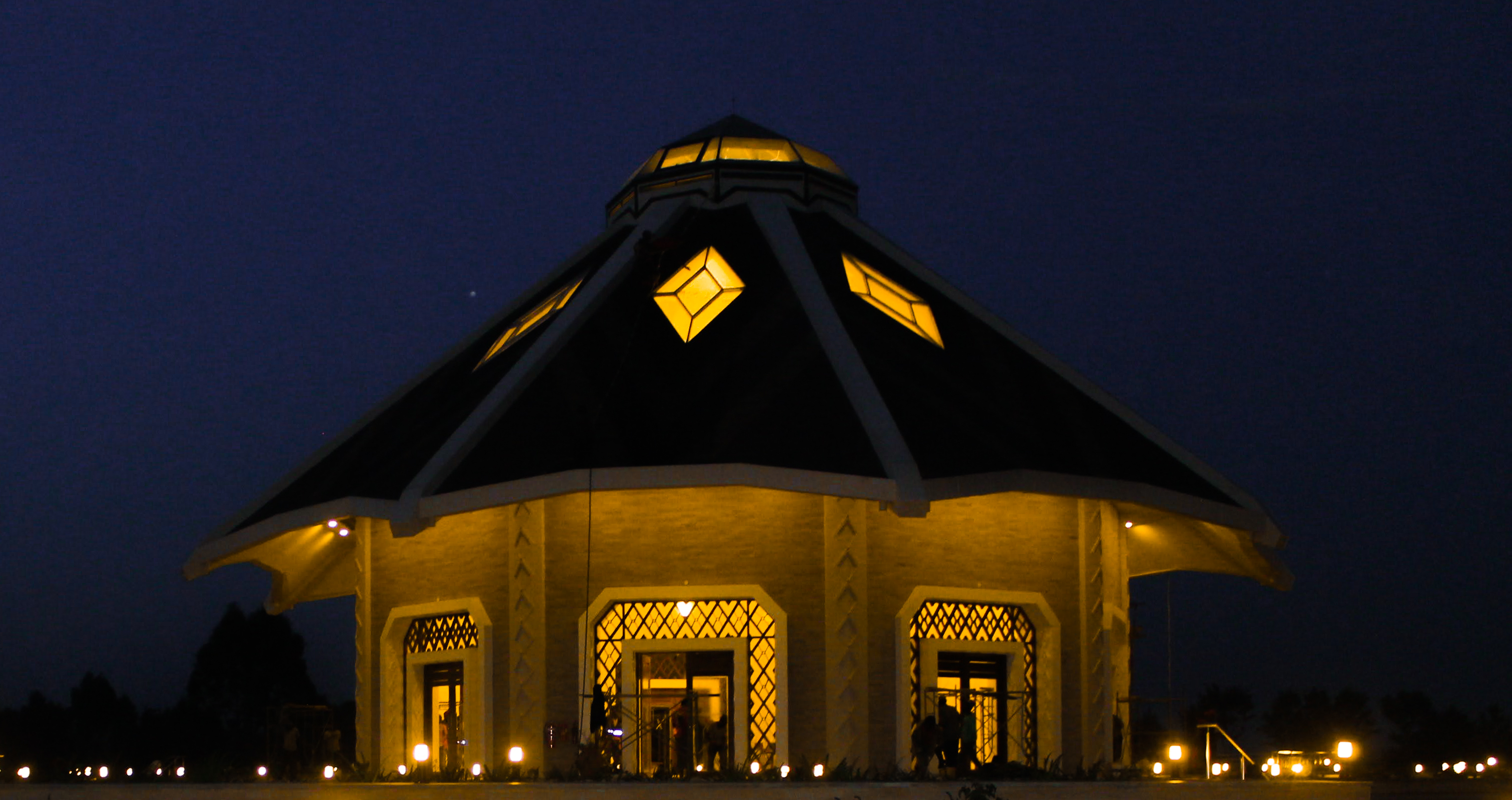
Parmi les autres participants figuraient des représentants du gouvernement, des chefs de village et de district, des dignitaires locaux, des représentants des institutions bahá’íes locales et nationales, l’architecte et d’autres représentants de l’équipe de construction.
Mourice Mukopi, le chef du groupe de villages où se trouve le temple, a déclaré : « La chose la plus importante à propos du temple bahá’í est qu’il accueille toutes les personnes de différentes religions pour qu’elles viennent se recueillir. »
Les habitants de la région ont fait écho à ces sentiments lorsqu’ils se sont entretenus avec le Bahá’í World News Service. « Les habitants de Matunda Soy voient la maison d’adoration comme un signe d’unité », déclare Andrew Juma.
Elder Khaemba, un autre membre de la communauté locale, souligne : « Les différences qui existaient auparavant sont terminées, puisque les gens de toutes les confessions se réunissent pour prier au temple. »
Un ancien du village, Justus Wafula, explique : « La maison d’adoration est un espace où les forces négatives de la société n’ont pas leur place. Lorsque nous allons au temple, nous savons que nous sommes sur la bonne voie. Nous savons que nous sommes chez nous. »
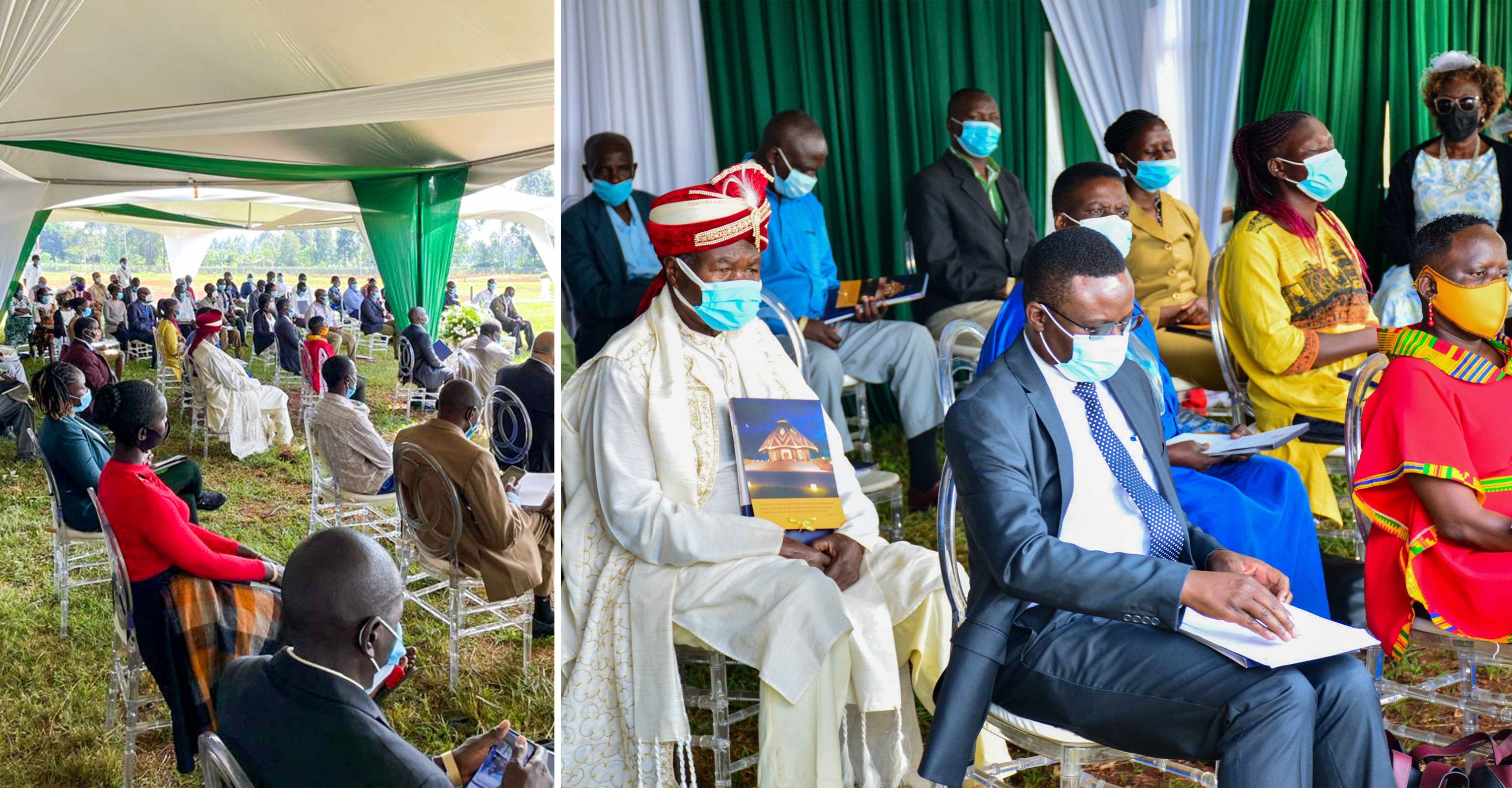
Le sentiment de foyer créé par l’apparence du temple rappelle les huttes traditionnelles de la région, explique Neda Samimi, l’architecte de la maison d’adoration. « Un lieu de culte est un endroit où votre âme a sa place, où vous devez vous sentir à l’aise quelle que soit votre religion et être capable de vous connecter et de communier avec votre Créateur. »
Mme Samimi décrit comment le processus de construction du temple a été unificateur.
« Tous ceux qui ont été impliqués dans le projet ont été très conscients que cette structure est dédiée à la promotion de l’unité et à la louange de Dieu. Tout notre travail a été réalisé à travers la consultation, et nos réunions commençaient par des prières de différentes confessions. »
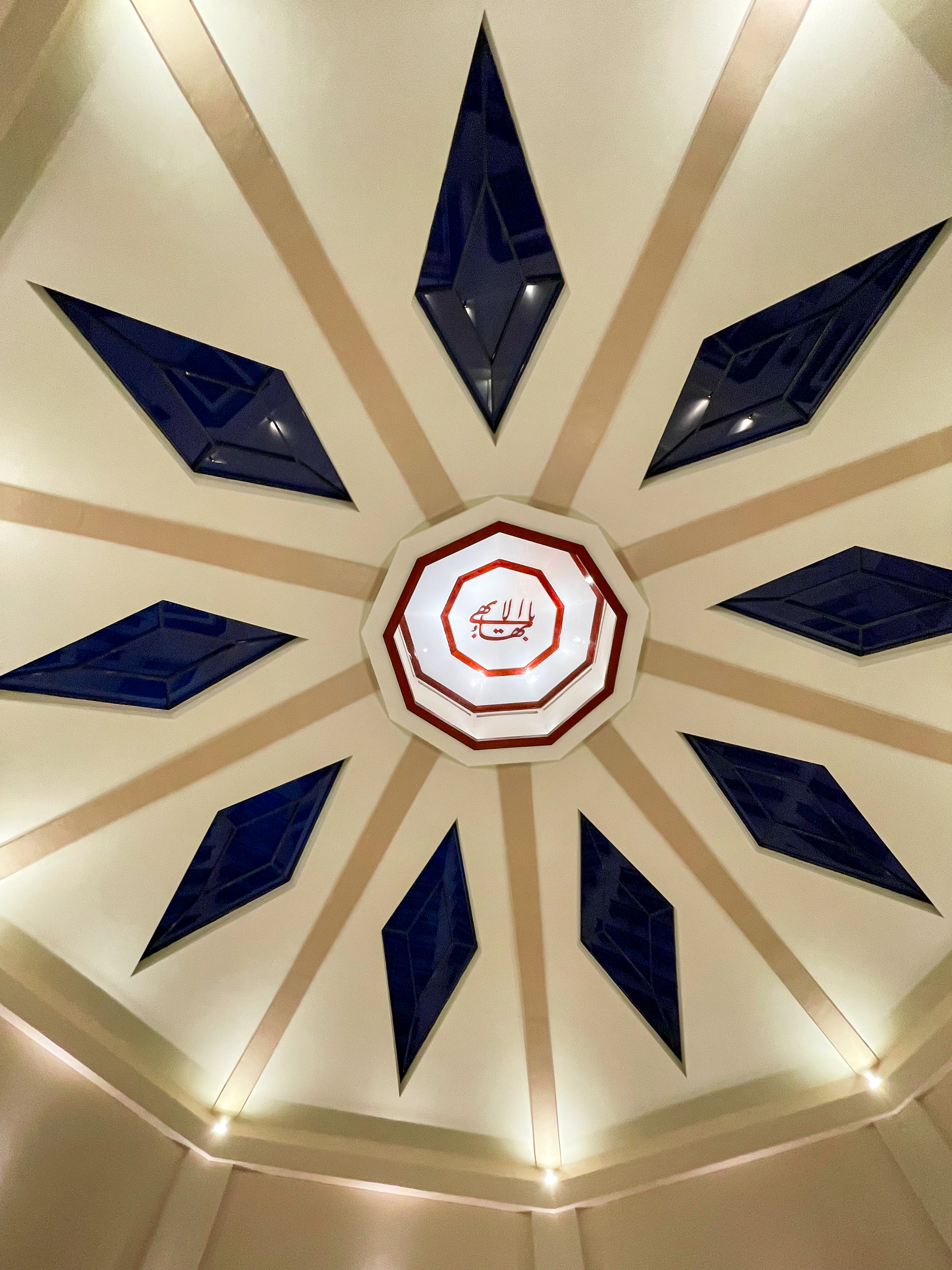
La construction s’est achevée ce mois-ci par deux évènements importants. Un symbole sacré bahá’í, connu sous le nom de Plus-Grand-Nom, a été élevé au sommet du dôme.
Puis, samedi, un petit coffret décoratif contenant de la poussière provenant de l’un des tombeaux sacrés du Centre mondial bahá’í a été placé dans la structure de la maison d’adoration, symbolisant le lien profond entre le temple et le centre spirituel de la foi bahá’íe
John Madahani, membre de l’Assemblée spirituelle locale des bahá’ís de Matunda, explique comment la vie communautaire bahá’íe dans la région a évolué depuis ses origines dans les années 1970. « Dans le passé, seuls quelques bahá’ís se réunissaient chez eux pour prier. Aujourd’hui, plus de 300 familles organisent régulièrement des réunions de dévotion, priant avec leurs voisins, accueillant tout le monde sans demander à quelle religion on appartient.
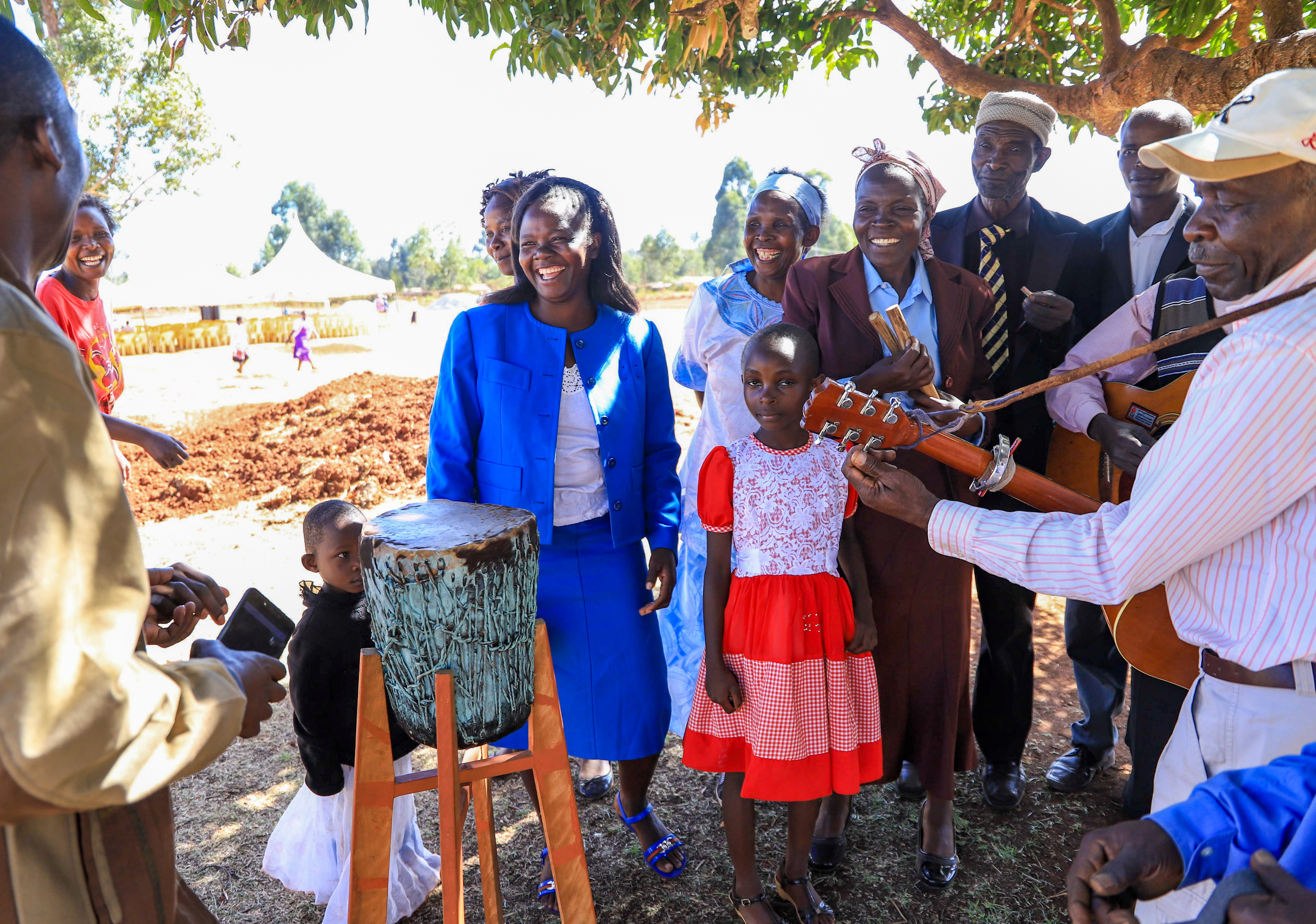
« Et quand nous avons commencé à prendre l’habitude de nous réunir sur le terrain du temple, tôt le matin, avant le début des travaux, nous avons vu à quel point il était important pour tous les membres de la communauté d’avoir un tel moment ensemble avant de s’acquitter de ses tâches quotidiennes. Sinon, nous n’aurions jamais vu des ouvriers et des agriculteurs, des jeunes et des parents ensemble en même temps. »
Bernard Liyosi, un autre membre de l’Assemblée locale, déclare : « La maison d’adoration nous rapproche de Dieu à la fois par l’adoration et par le service. Nous recevons de l’énergie en nous réunissant au temple, énergie que nous canalisons pour construire des communautés plus fortes. »
